Issue № 6
January 2015
Inn River  Events
Events  Warps
Warps  Island
Island  Unbodies
Unbodies

"Diary of the Inn River" — observations by the artist Lisa Konovalova
for changes in the color of river water by specific events, e.g., weather changes or water releases from a nearby hydroelectric power plant.
21.08 - 30.09.2012


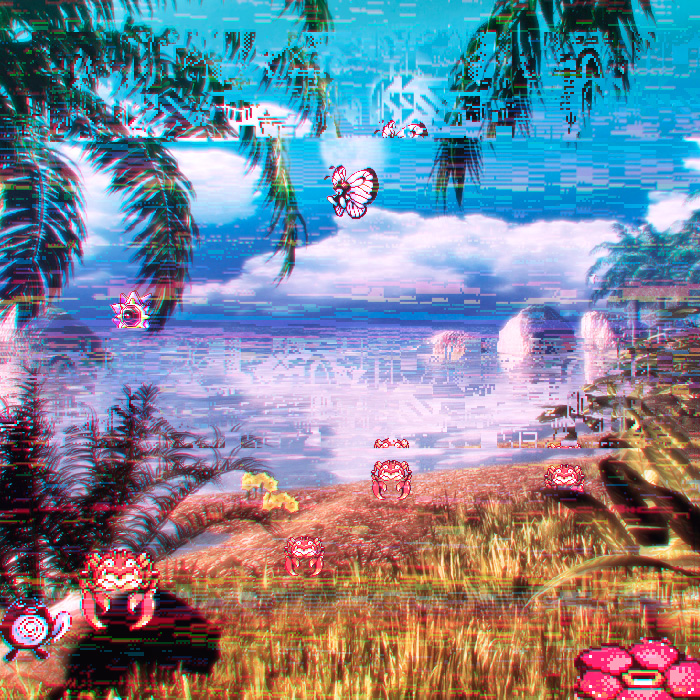
The cover art of the musical album "Wonderful Island" by Whitely & Love Through Cannibalism
« It is beneath the glowing rays of a tropical sun, that the noblest forms of vegetation are developed. In the cold North the bark of trees is covered only with dry lichens and mosses, while beneath the tropics the Cymbidium and the fragrant Vanilla adorn the trunks of the Anacardias and the gigantic Fig-tree. The fresh green of the Pothos leaves and of the Dracontias contrast with the many coloured blossoms of the Orchideæ; climbing Bauhinias, Passion-flowers and golden flowered Banisterias encircle every tree of the forest. Delicate blossoms unfold themselves from the roots of the Theobroma, and from the thick and rough bark of the Crescentia and Gustavia[105]. Amid this luxuriant abundance of flowers and foliage, amid this exuberance and tangled web of creeping plants, it is often difficult for the naturalist to recognise the stems to which the various leaves and blossoms belong. A single tree, adorned with Paullinias, Bignonias, and Dendrobias, forms a group of plants, which, separated from each other, would cover a considerable space of ground.
In the tropics, plants are more succulent, of a fresher green, and have larger and more glossy leaves, than in the northern regions. Social plants, which give such a character of uniformity to European vegetation, are almost wholly absent in the equatorial zone. Trees, almost twice as high as our oaks, there bloom with flowers as large and splendid as our lilies. On the shady banks of the Magdalena River, in South America, grows a climbing Aristolochia, whose blossoms, measuring four feet in circumference, the Indian children sportively draw on their heads as caps [...]
These and many other of the enjoyments which nature affords are denied to the nations of the North»
Alexander von Humboldt "Views of nature"
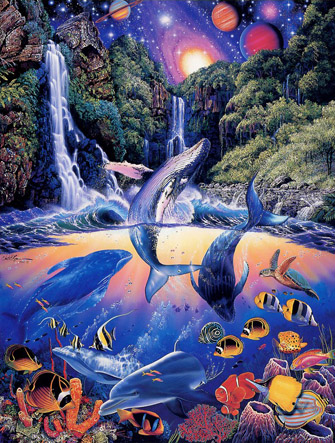
"Sanctuary" by Christian Reich Lassen
The overgrowths are not at all serene.
Simple and apparent observations speak of this, including the already described clots and barrens. But not exclusively.
Any repeated experience reveals inconstancy within the overgrowth. The fabric of nature appears and disappears, rises and falls, and mutates in the substance itself.
Let us recall the notion of overgrowth as the primary form of nature. It is homogeneous, silent, peacefully resting within the boundaries of the place.
This almost never happens.
The most obvious example: overgrowths completely shift their characteristics — texture, hue, thickness, and mobility. Quite often, such transformations serve to create barrens.
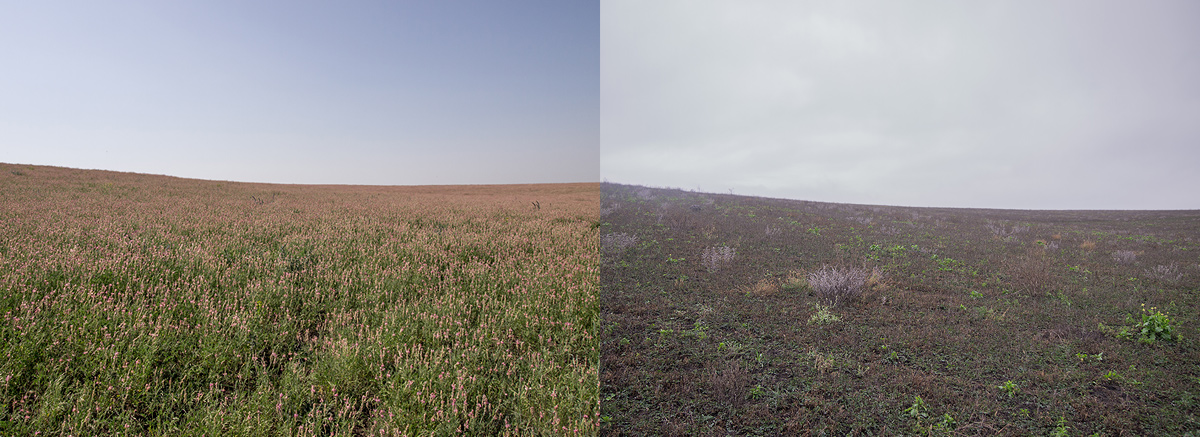
Two observations of the same overgrowth.
The second piece of evidence familiar to the reader is the clots. Local ruptures in the fabric of nature push us to the idea that there are hidden flows and options, refuting the impression and understanding of overgrowths.
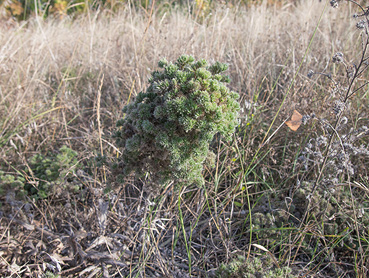
It happens that the formation of clots coincides with a shift in the whole overgrowth(although it does not follow the direction of this shift). We still need to return to this circumstance.
Cases of the third kind are incredibly intriguing and especially alarming. They are met when the fabric of nature is present (and not disappearing, as it happens in barrens), but the overgrowth, as a mode of nature's existence, dissolves and leaves.
To recognize such cases, you need an eye saturated with regular views of nature, a little tired and therefore picky.
You should look for views that seem familiar but are twisted by the weird force, having lost their condition and virtue.
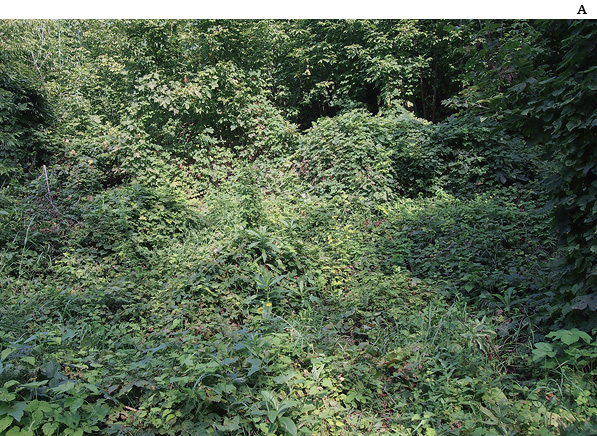
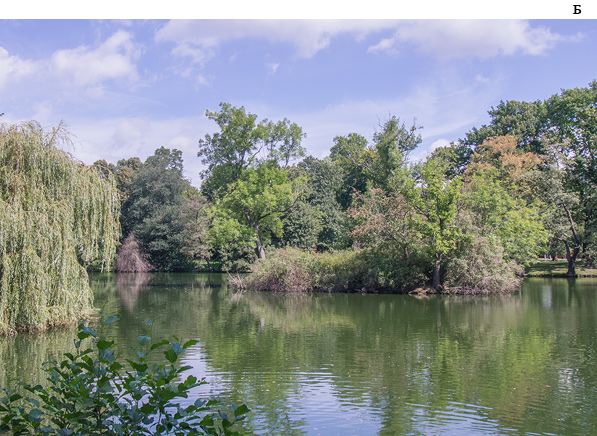
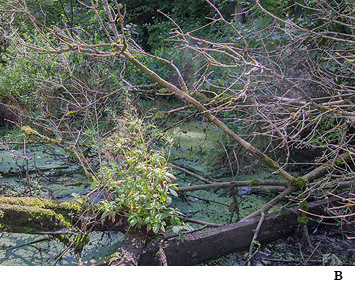
A. The ordinary overgrowth seems as if melted by fire, fraught with mockery and threat.
Б. A pleasant impression should not be misleading: the overgrowth cannot determine its qualities, resulting in disorder and bitterness.
В. The most striking example: it is simply impossible to understand what is in front of us.
Spots in the overgrowths, demonstrating turbidity, crumpling, obscurity, a hidden wormhole, and a condensed excess, are definitely not an exception.
On the contrary, they are regular and inevitable.
The point is that once overgrowing has begun, nature does not want to stop. This impulse requires a perpetual presence and distribution. Any restrictions and barriers, external or internal, are alien to it.
But overgrowths fill places. And places, unlike overgrowths, have boundaries.
Locked in these cells, nature becomes restless, begins to boil and rave.
The overgrowth seizes itself, clings to itself, wriggles on itself, digs with its claws, and releases its insides.
The warp begins.

The warp is alive and dangerous.
Through it, new and feral fantasies are spawned. In the warp, there are no forms and types, no directions and dimensions. Like in overgrowths, there are endless series of entities — but now they are not interwoven in a calm tissue, but constantly merge, separate, suppress and facilitate each other. Disorder, heterogeneity, explosion, and decay are celebrated.
Freedom, known only to the shards in calm times, now infects spots and entire overgrowths.
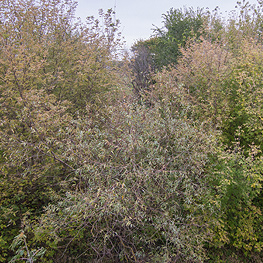
The warps so boldly and undeniably contradict the overgrowths that a restless doubt arises.
Is it the same nature in the warps as in the overgrowths? Or is it some completely different nature, unknown and alien?

Warps do not arise by themselves, do not take up space. At first, overgrowing always occurs, and an overgrowth is formed. Then, inside it — spots of warping appear. An overgrowth is to a warp what a place is to an overgrowth.
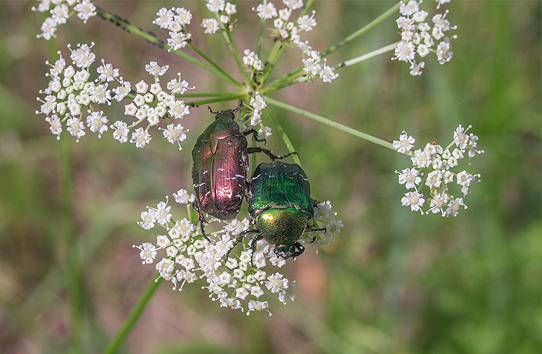
Excess overgrowing is a herald of the warp.
This means that the warp is either corruption of the overgrowth, a deviation from the natural state, or further development, the next step of overgrowing.
It happens pretty often that the warp replaces the entire overgrowth. That it becomes clear how nature treats warps.
Like a fever, inflammation, invasion.
This is obvious from how the overgrowth hurries to eliminate the warp and scrape it out entirely.

If the surge is not extreme, the overgrowth tries to decompose the rapid proliferation into equal portions, line them up, and calm trembling. This clarifies the overall shift in the qualities of the overgrowth mentioned earlier.

Different stages of the same overgrowth. It is clearly seen that the portions are awakening in turns. This reduces the possibility of warping.
Due to this self-pacification, some overgrowths can endure for a long time and still remain themselves.

When the ardor of the warp is uncontrollable and threatens the entire overgrowth, or when the former has already been entirely replaced by the warp — nature prefers to abandon the overgrowth and try another one later.
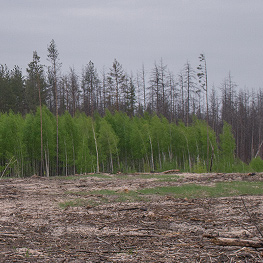
Often, this is how barrens arise. Nature gets rid of the warp and hopes for a new overgrowth.

But all these are just local attempts of nature to get rid of warps.
Their ubiquitous threat is so potent that a constant and complete cleansing is needed. Only this is the way to save overgrowth as they are.

Required and the only genuinely working method of nature's self-preservation.

All observed incidents — the formation of clots and barrens, shifts in overgrowths' characteristics, rising and dissolution of overgrowths — turn out to be signs either of warps or a fight against them.
Nature is ready to do anything to prevent overgrowths from metamorphosis — even the constant destructing of these overgrowths at the slightest excitement.
Doubt unfolds into recognition: yes, warps are traces of nature other than those known to us.
This alien nature strives for realization, crumbling the overgrowths.
It does not admit borders, stabilities, shapes, simplicity and complexity. It does not leave loopholes for understanding, does not place hints, and does not set up decoys. It has a pure thirst for swelling, swarming, transformation, emission. The warp playfully creates obscure, intricate visions and immediately erases them.
In ancient ages — who knows — it could be the other way around: the warp was primordial; it filled the places with a bubbling restless mass. In its womb, the first overgrowth started. And this overgrowth threatened the warp, hurting it with steady shape and monotone care.
In warps, we feel the itchy intrusions of a strange, audacious world.
The world is alive and dangerous. If one day, overgrowths will fail in their peacekeeping labour, we will meet it face to face.


Reflections on warps are inextricably linked with the place where they were framed first as intuitions, then as a story.
Kotlin Island is made up of granite and sand. It is small and stands in the middle of the Gulf of Finland.
Island's nature knows no rest. Strong winds pass through, bending the trees into bizarre shapes. Storms overwhelm sandbars and shallows, tirelessly reshaping them. The floods, being stopped only recently, had turned the land into a swamp overnight.
Kotlin cannot be proud of what islands are usually proud of — narcissistic isolation. The bay freezes — animals come and go along it. Great streams of migratory birds pass through the island, overcrowding the reed beds at one time and leaving them abandoned at others.
Some shores are solid as fortress walls, and others are soft with shallow waters, sand dunes, and aquatic vegetation. Human concerns have added long tentacles, branches, and intricate sprouts to the island's body. The outline looks like a swift squid or angler fish.
If some friendly amateur had decided to study nature without leaving Kotlin Island and setting foot on the mainland, the idea of overgrowths would never have occurred to this person. The rearing, unbound nature would be native to our observer, and flows, variations, unpredictability will be the substrate for reflections.
But there was one thing that might have alarmed the island dweller. Flows, perturbations — everything freezes along with the water of the bay. Every year the noisy turmoil obediently subsides in an ideal serenity far surpassing that of the vast, prospering overgrowths.
Contemplating this act of settling, our imaginary observer might think that there is another nature — shaped, demarcated, wise, and boring.
However, no. And in the perfectly smooth ice, there will be evidence that warps are restless, lively, untamable. They didn't retreat: they just hid for a moment.

Around humans is always overgrowth. Soon we will make the whole world overgrown. It seems we can't be stopped.
You also need to look at yourself in a mirror, at the people on a bus, to meet eyes of the bodies. We (humans) consist of bumps, folds, lumps.
A simple statement, so far without arguments: a human is a warps' mongrel fostered by the overgrowths.
To study this precisely, more time is required.


Choose your side.
